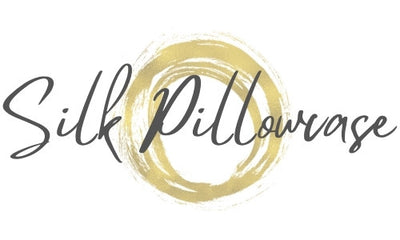You know that choosing the right pillow for our specific sleep needs is directly related to our quality of sleep. Did you know that different types of pillowcases could actually be making or breaking your restful night?
We live in a world where working hours are growing longer, and screen activity is fatiguing our eyes and brain. Everyday stresses follow us into the night, and we simply can't afford to sacrifice our sleep anymore.
Waking up due to overheating or allergy onsets is sabotaging your resting routine. Not to mention inviting those droopy eyes into your daily life.
If you are ready to start facing the day with vigour after an uninterrupted beauty sleep, here is everything you need to know to choose the best pillow-covering sleep companion for your nighttime needs
